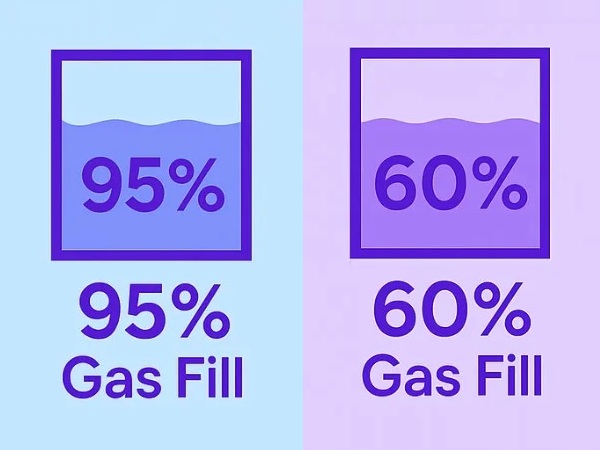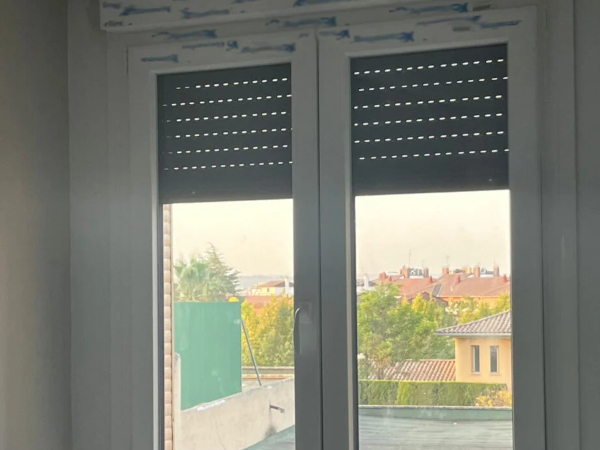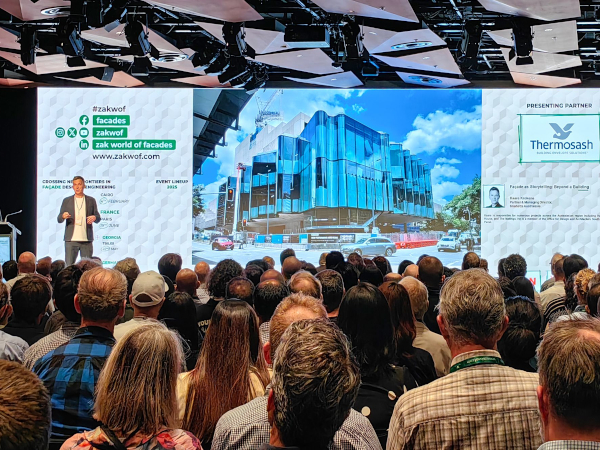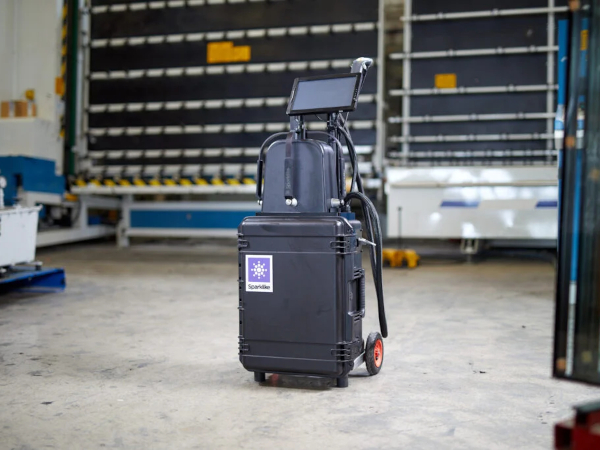Date: 1 September 2014
This report discusses the determination of design wind loads on curtain walls and other building cladding systems. The document originally was published in 1985, when Boundary Layer Wind Tunnel (BLWT) testing was a relatively new field, and limited information was available on its methods and uses.“There have been numerous changes and developments in identifying wind speeds more accurately,” says Doug Holmberg (Wausau Window and Wall Systems), chair of the Design Wind Loads on Fenestration Task Group. “As a result, this document needed to be updated to reflect those changes.The BLWT testing has been around now for quite a few years, and when the document was first published it was relatively new for analyzing buildings.”
Holmberg adds that the document provides guidance for when to use ASCE/SEI 7, the major document that gives procedures for finding various design loads, and when to consider using BLWT testing.
“It was important that we update the document to current standards and developments for analyzing and determining wind pressures or wind loads on fenestration products,” Holmberg adds.
The Task Group’s vice chair, Greg McKenna (Kawneer), offers insight from an engineer’s perspective, adding that the document does a great job of defining terms necessary for wind load determination. These include operational definitions of building height and width, as well as others.
“This document gives designers guidance on how to determine a corner zone and a tributary area, both of which are key in determining wind loads,” says McKenna.
AAMA TIR-15-14, along with other AAMA documents, may be purchased from AAMA's Publication store .
More information about AAMA and its activities can be found via the AAMA Media Relations page or on the AAMA website, http://www.aamanet.org.
AAMA is the source of performance standards, product certification and educational programs for the fenestration industry.(SM)
###











Add new comment